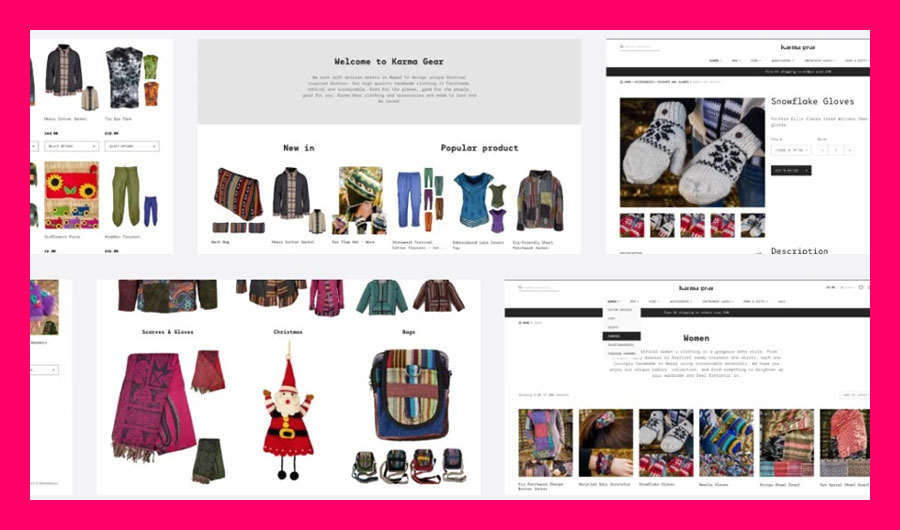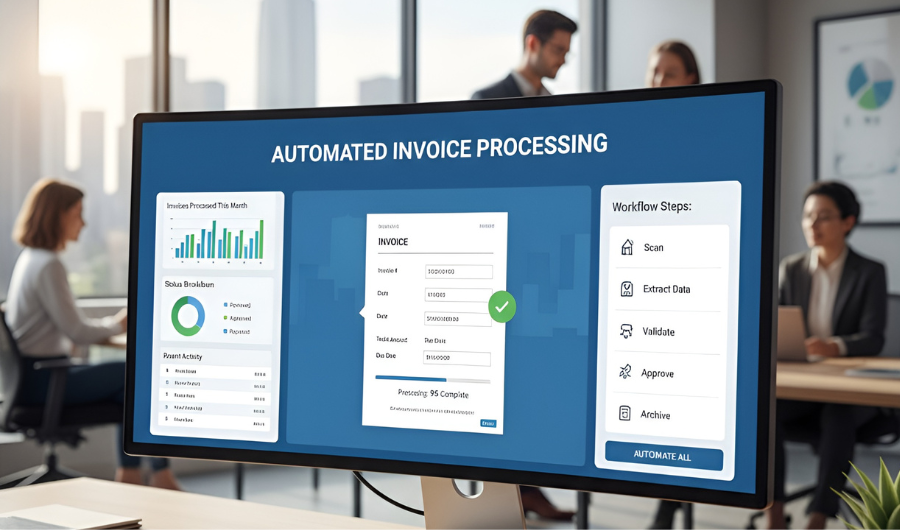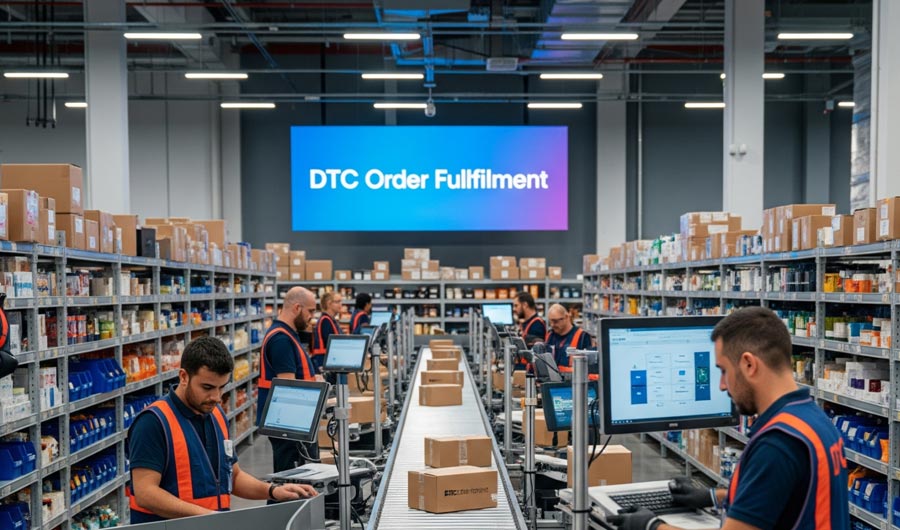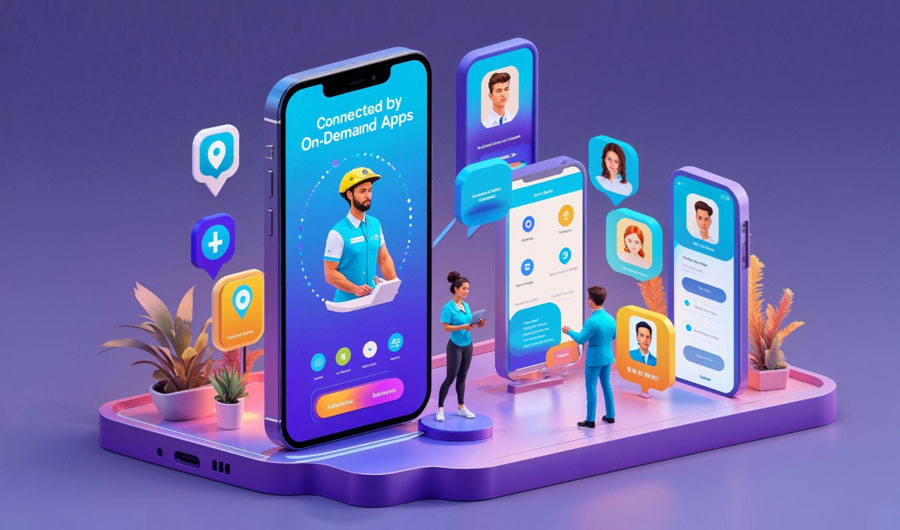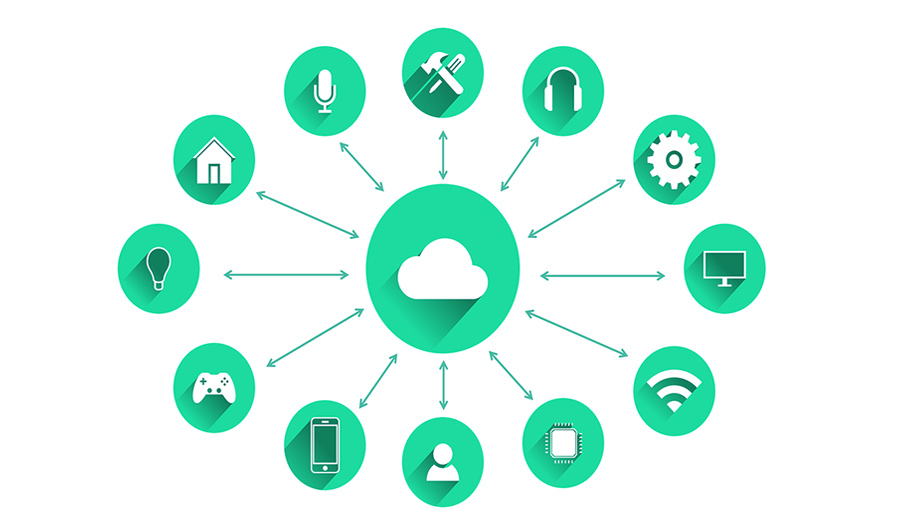
How Does IoT And Cloud Computing Work Together: Comprehensive Guide
Cloud computing and IoT are connected, but how do the two entities interact?
Cloud computing and the Internet of Things are integral players in the emerging world of technology. These powerful tools have transformed how we interact, live, and work within our environment by fostering easy connections within the devices to form an ecosystem.
Besides, IoT connectivity would not exist without the cloud; it is safe to say that cloud computing enables several IoT devices to function with much greater efficiency and power.
Hence, to fully appreciate cloud computing in IoT, let us start without further delay.
In this article, you will explore how cloud computing and the Internet of Things merge and work effectively.
Relationship between Cloud Computing And IoT
Cloud computing and IoT are majorly interlinked, and cloud-based IoT data processing and management are among the technologies that enable IoT. Thus, cloud computing plays a significant role in enabling cloud computing and IoT.
Below-mentioned are two main factors in the relationship between cloud computing and IoT.
1. Data Storage And Management Within The Cloud
The Internet of Things generates a huge amount of data daily, which allows devices like fitness bands and thermostats to be stored and managed in the cloud. Thus, it takes advantage of cloud flexibility, scalability, and low cost.
With AI-driven analytic tools, valuable insights can be extracted from this raw data, all in the cloud.
For instance, the IoT device sends data to the cloud, monitoring and studying the city’s traffic pattern. Moreover, it assists city planners in finding ways to reduce traffic congestion and improve city life.
2. Cloud Computing As IoT Enabler
Cloud computing assists IoT by offering adequate storage and computing power for IoT applications.
Thus, companies can store and access data on a remote server anytime and anywhere. This eventually simplifies device connectivity and ensures real-time exchange.
Similarly, web developers can create traditional IoT solutions using client-cloud services without the need for programming and hardware knowledge. However, cloud service providers like Azure and AWS offer managed services for working with databases and machine learning tools.
Real-World Application Of IoT And Cloud Computing
IoT and cloud computing are used in several areas, such as smart cities, manufacturing, retail, healthcare, and agriculture.
Here is a list of real-world applications of IoT and cloud computing.
Smart Cities: IoT and cloud computing help to build smart cities. The cities collect real-time data about pollution, traffic, energy use, and more through connected devices and cloud platforms. For instance, Barcelona uses Big data and IoT to enhance its transportation system and reduce air pollution.
Secondly, IoT and healthcare technologies are altering the healthcare sector. For instance, health risks can be spotted early using AI and machine learning, leading to better treatment and lower costs.
Next, IoT and cloud computing enhance manufacturing processes by monitoring machines in real time and using cloud-based data storage for collaboration and efficiency.
Cloud computing and IoT are upgrading retail businesses. This offers customers the opportunity to shop better with improved operations, logistics, and inventory management.
Benefits Of Merging Cloud Technology And IoT
Here is a list of benefits offered by merging cloud technology and IoT.
1. Cost-Effective
Merging cloud computing and the Internet of Things helps businesses save money.
With the use of cloud-based solutions, you can significantly reduce the cost of infrastructure. Similarly, you can further ensure access to scalable data storage and analytics capabilities.
It refers to a lower initial investment cost and higher operational efficiency through automated workflow.
For instance, you can improve decision-making by using IoT devices to track real-time inventory and lessen waste through anticipating maintenance.
2. Flexibility And Scalability For IT Storage
One important benefit of merging IoT and cloud technology is its flexibility and scalability.
Today’s businesses generate massive amounts of data through IoT devices, requiring a robust and reliable system to manage this data effectively without causing delay and downtime.
Therefore, you can quickly scale resources down and up using a cloud solution based on your needs.
Thus, cloud computing also offers more flexibility, allowing access to information and its application from anywhere. Opt for an IoT solution provider to easily access software services and tools if you want to use a service.
3. Improved Performance And Reliability
The amalgamation of cloud computing and IoT computing can significantly improve business performance and reliability. This combination allows easy access to real-time data, which can be analyzed and provoke actional insights for better decision-making.
For instance, a logistics business can use IoT sensors to trace goods in transit.
Therefore, the IoT needs reliable and fast connectivity to transmit. With the help of IoT devices, you can quickly and reliably connect to transmit accurate data without interruption.
Furthermore, you will have scalable storage capacity and high-speed access to this information, making data available when required.
4. Data Integration
As IoT continues to gain prominence, you can begin to experiment with devices to extract current data on key business processes. While these devices enhance operational efficiency and optimize cost, they also generate data that is easy to process, even for the analytical platform.
Therefore, cloud-based solutions come in handy here. With its robust data integration capabilities, the system handles massive volumes of data emanating from multiple sources.
As a result, the data from both connected devices and enterprise systems get stored, analyzed, and processed in the same place.
5. Business Continuity
Cloud computing solutions are known for their reliability and agility. Cloud services sit on top of a network of servers housed in different locations.
Thus, their system stores copies of data in different data centers within the country.
Therefore, because of redundancy, the IoT-based operations continue to function even if one of the servers goes offline. In addition, there is no risk of data loss.
Wrapping Up
Thus, the above section has revealed the fascinating interconnection between cloud computing and IoT. These technologies offer numerous benefits, from smart cities to the retail industry, such as flexibility, enhanced security, scalability, and cost-effectiveness.
Its smooth integration of devices across different regions caters to high system visibility and control, asset optimization, and strong compliance. Uptime is adverted, and costs are more easily managed.
Hence, cloud computing is here to stay, and when it comes to data storage and analytics capabilities, it is a tremendous enabler of IoT services.


